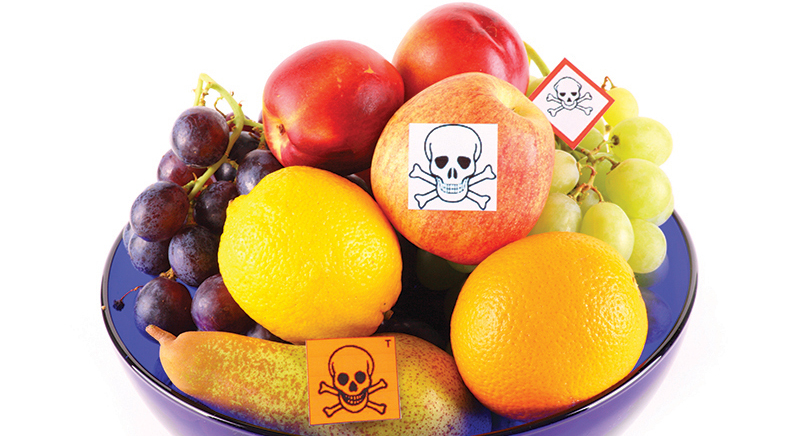Weed out pesticides from your plate
-
- from Shaastra :: vol 01 edition 01 :: Jan - Feb 2022

Scientists have developed cost-effective methods to detect dangerous contaminants in food.
Are you worried that the bright orange of tomatoes or the frothy whiteness in milk points to the presence of chemicals in your food? The bad news is that there is cause for concern, for adulteration in food is widespread. But the good news is that help is at hand: scientists are successfully working on easy ways to detect contaminants.
Researchers at the Indian Council of Agricultural Research-led National Dairy Research Institute (ICAR-NDRI) at Karnal in Haryana, for instance, have developed a cost-effective technique to detect traces of a broad spectrum of agrochemicals in food products.
The method developed by a team led by Naresh Kumar and H.V. Raghu of the Dairy Microbiology Division of ICAR-NDRI uses a paper strip-based sensor loaded with bacterial spores, which help detect the presence of pesticide residues in food.
Originally developed for detecting pesticide residues in milk, it has now been expanded to cover a wide variety of food items such as cereals, fruits and vegetables. The paper strip-based sensor technology has already been transferred to industry for commercial use. The scientists, who have applied for a patent for the technology, recently published their work in Scientific Reports journal.
PAST ISSUES - Free to Read


Have a
story idea?
Tell us.
Do you have a recent research paper or an idea for a science/technology-themed article that you'd like to tell us about?
GET IN TOUCH














